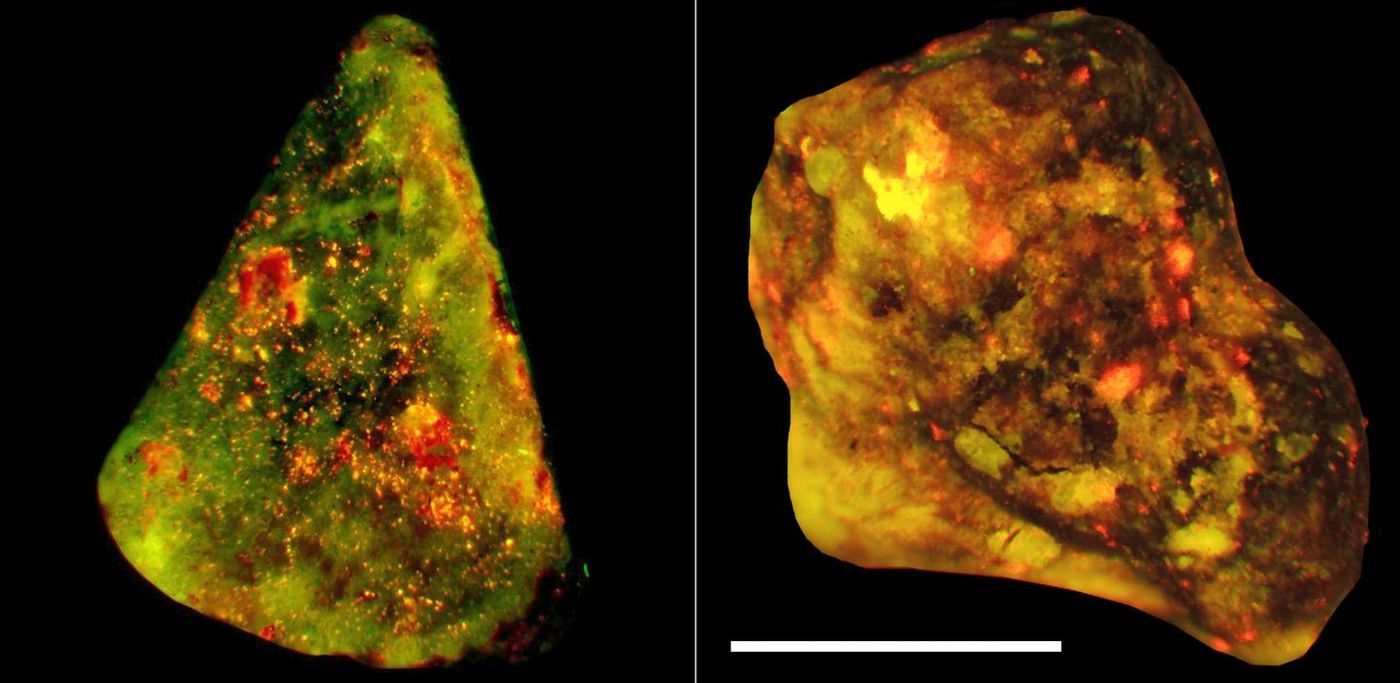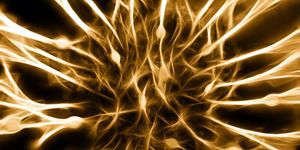How Neutrophils are Involved in Gallstone Formation
Gallstones form in the gallbladder, a bile-storing organ, and can be as tiny as a grain of sand or as big as a golf ball. They’re hard and unsurprisingly, they can be painful and can cause nausea and vomiting, though they may not cause any symptoms. Gallbladder removal is one of the most common surgeries performed in the United States, and drugs that break them up can take months or years to finish the job. Scientists have not fully understood how they’re generated, which has hampered efforts to develop better treatments. Cholesterol and calcium salts precipitate in the bile, but why they stick together has been unclear.
Reporting in Immunity, scientists have found that white blood cells called neutrophils release a sticky mesh of proteins and DNA, termed neutrophil extracellular traps (NETs). It acts like glue and collects the calcium and cholesterol crystals, clumping them together. When the researchers used drugs to stop the NETs from forming in a mouse model, there was a reduction in gallstone growth.
"Neutrophils have long been considered the first line of defense against infection and have been shown to generate NETs that entangle and kill pathogens," said the senior study author Martin Herrmann, an immunologist at Universitätsklinikum Erlangen. "Here, we provide additional evidence for the double-edged-sword nature of these NETs by showing that they play an important role in the assembly and growth of gallstones. Targeting neutrophils and NET formation may become an attractive instrument to prevent gallstones in high-risk populations."
The scientists found that when human gallstones were shaken along with a suspension of neutrophils, patches of DNA and elastase quickly attached to the surface of the gallstones. They determined that calcium and cholesterol crystals are collected by NETs, forming gallstones. The DNA then wraps around the crystals, generating bigger stones.
A mouse model was given a diet rich in cholesterol, triggering the formation of gallstones. Their gallstones were smaller if these mice carried genetic errors that interfered with NET formation, or if these mice had fewer neutrophils. When mice were given a drug that interferes with NET formation or a different drug that disrupts the movement of neutrophils, the number and size of their gallstones was reduced.
This work can help create new approaches for preventing or treating gallstones.
"The possibility of stopping these processes with new PAD4 inhibitors or with metoprolol - an established beta-blocker - may introduce new therapeutic strategies that avoid surgery," said co-first author Luis Muñoz of Universitätsklinikum Erlangen. "However, human studies are required to establish new therapies for gallstone disease. Hopefully, we can convince pharmaceutical companies to perform a clinical study with inhibitors of NET formation or NET aggregation."
Sources: AAAS/Eurekalert! via Cell Press, Immunity









